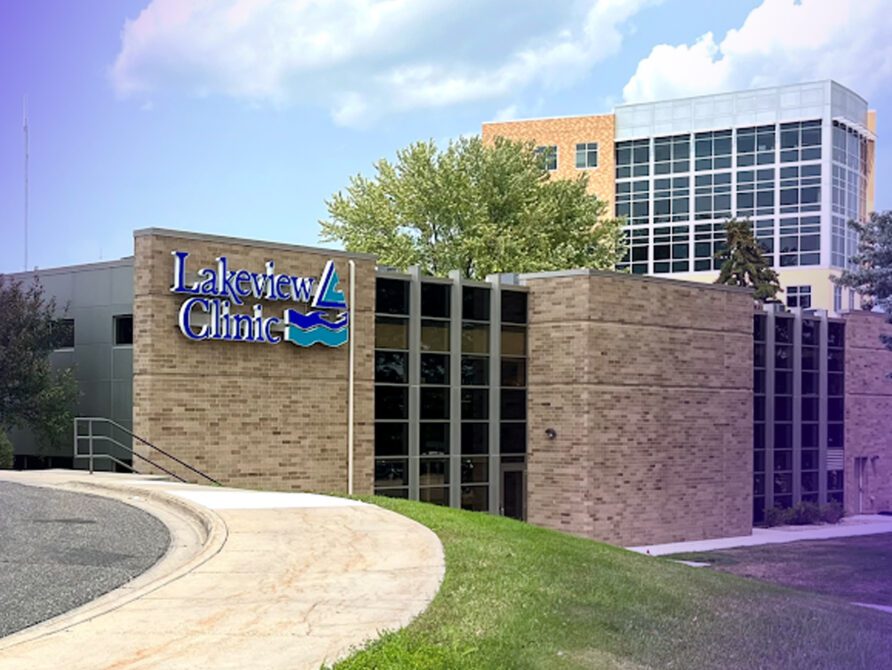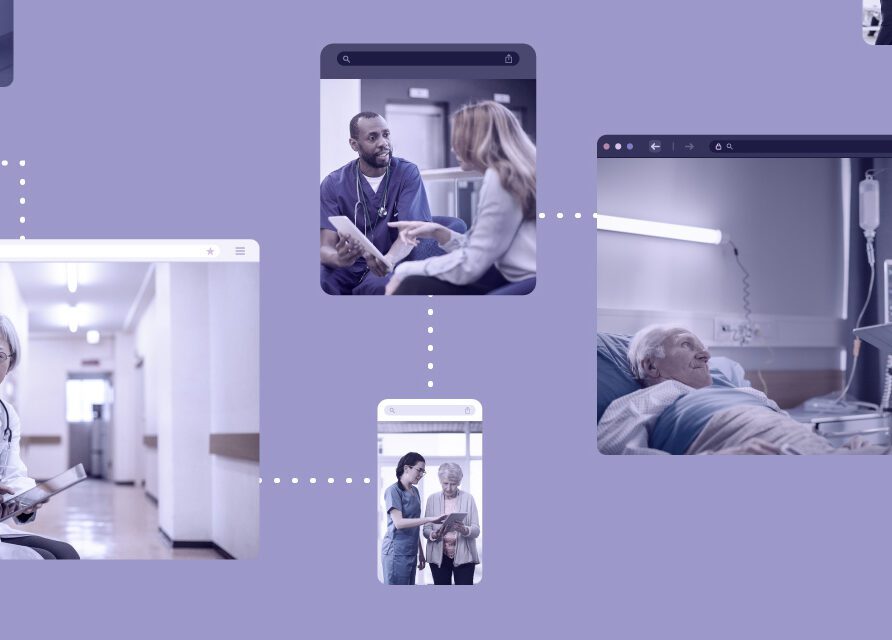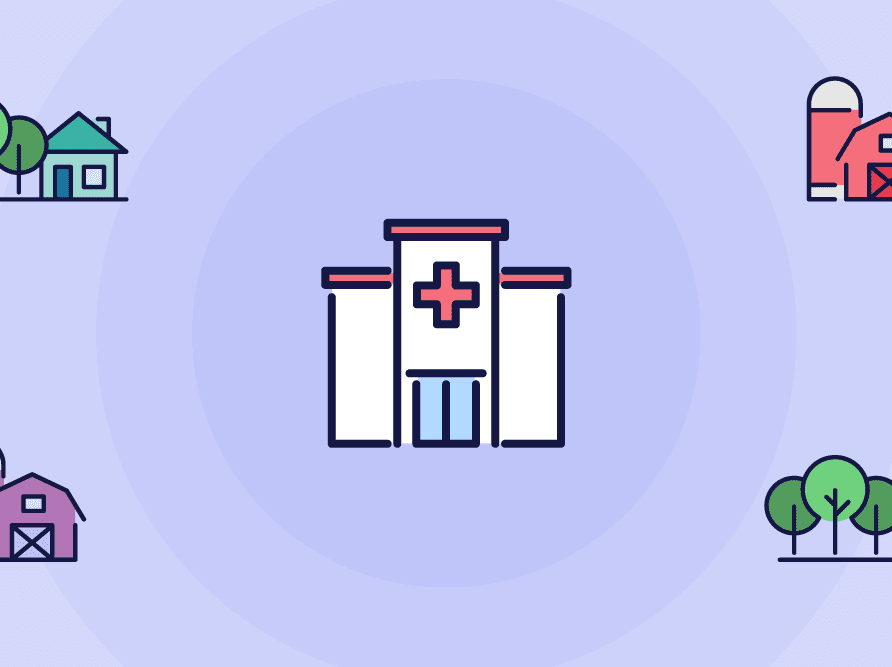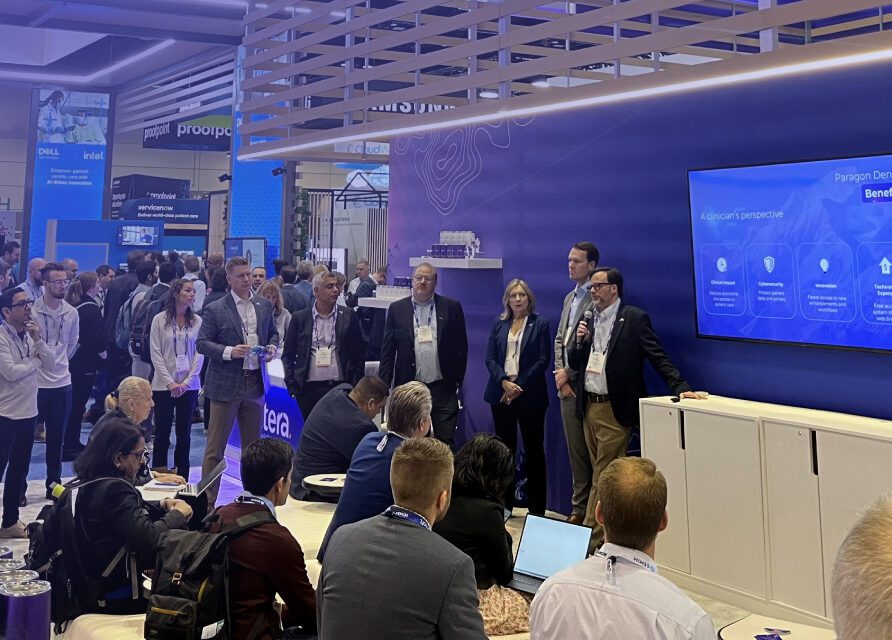Article
Three ways artificial intelligence can minimize providers’ administrative burdens
* This content was originally published prior to N. Harris Computer Corporation’s 2022 acquisition of the Allscripts Hospital and Large Physician Practice business segment. Our business is now known as Altera Digital Health.
Throughout the pandemic, healthcare professionals have navigated numerous new challenges to maintain the safety and wellbeing of patients and themselves. One thing that has remained steady, however, is the toll administrative tasks have on the healthcare workforce.
According to the Medscape National Physician Burnout & Suicide Report 2021, 79% of physicians experiencing burnout reported it began before the pandemic, and among these physicians, 58% said having too many bureaucratic tasks is a top contributor.
How can healthcare organizations alleviate these longstanding burdens to preserve professional satisfaction, retain employees and provide the best quality care? Artificial intelligence has enormous potential to offload these taxing tasks from healthcare professionals.
Here are three examples of AI uses cases to alleviate administrative burdens:
1. Symptom checking and triage
During pandemic peaks, healthcare organizations have been inundated with calls in their patient access centers and messages sent via patient engagement platforms. Not only does this add to employees’ workloads, it can also affect the patient experience if one’s needs aren’t addressed in a timely manner.
Conversational AI is an excellent way for organizations to stretch their workforces digitally and maintain patient access. In the spring of 2020, many hospitals and health systems quickly rolled out online symptom checkers and chatbots on their websites to screen for COVID-19 and provide appropriate guidance based on patients’ responses. During and beyond the pandemic, organizations can leverage these types of solutions to route patients to the most appropriate care site based on their acuity level, freeing up staff members for more complex, live interactions with patients as needed.
2. Prescription refills
Depending on the specialty, providers may receive more than a dozen prescription refill requests per day, and these requests are becoming increasingly complex with the world’s aging population and prevalence of chronic disease. This means providers are increasingly spending more time on devices and less time on direct patient care.
To recoup some of this time, healthcare organizations can look to refill management applications, such as Charlie by healthfinch, a member of the Allscripts Developer Program (ADP). Solutions like Charlie’s Refill Management can scan a patient’s chart to gather key medication data (e.g., the last refill and last lab) and compare this information against evidence-based protocols. The AI determines if a request is in protocol, out of protocol, off protocol, a duplicate or a controlled substance. From there, clinician staff members can quickly and easily approve in-protocol requests and delete duplicates while prescribing providers can focus on requests flagged as out-of-protocol or a controlled substance. As a result, providers can save time and turn their attention elsewhere.
3. Staffing needs
Many industries, including the healthcare sector, are dealing with the impact of the “Great Resignation,” or the trend of employee departures during the pandemic. One poll reveals 18% of healthcare workers have quit and another 31% have considered leaving their jobs. Compounding these challenges are fluctuations in staffing needs due to COVID-19. For example, hospitals have cancelled non-urgent surgeries during pandemic peaks and temporarily moved operating room nurses to other units. Making staffing decisions was already a complex puzzle, and these issues haven’t made it easier.
Artificial intelligence that uses historical data and predictive analytics can help take the guesswork out of staffing allocation. Solutions like those from Allscripts partner Hospital IQ enable decision-makers to align staff to resources like inpatient beds with actual and predicted patient flow. As a result, leaders can make informed staffing decisions more easily and help ensure safe, compliant staff-patient ratios are maintained.
These are just a few of the ways artificial intelligence is poised to transform the administrative side of healthcare. At Allscripts, we will continue innovating and working with our partners to deliver solutions, built on Human-Centered Design principles, that shift the focus away from processes back to people.













